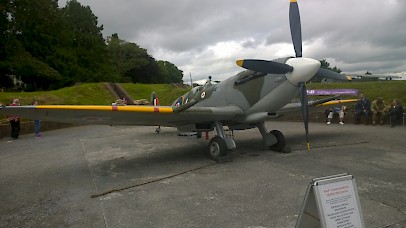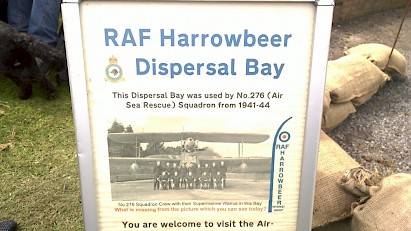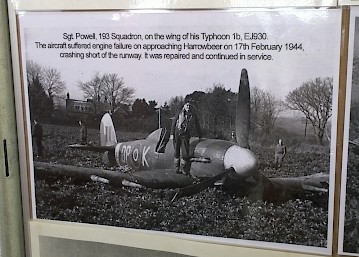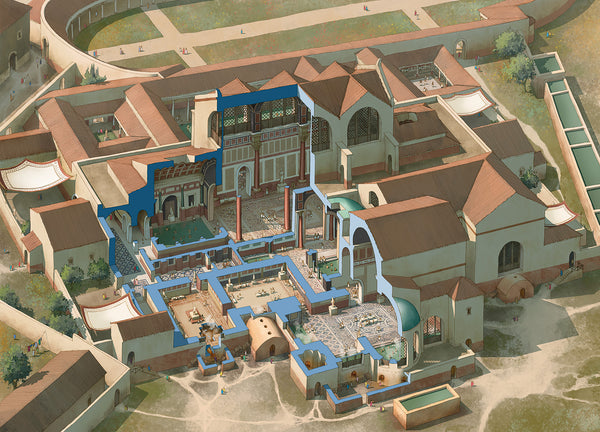Harrowbeer Airfield
Last weekend my girlfriend Emma and I took a trip to an open day at Yelverton. Between 1941 and 1945, there was an airdrome at Yelverton called RAF Harrowbeer. On the site of the old airbase there was a 1940’s weekend. We popped along to have a look around.

The site is now mostly overgrown, but you can still make out the dozen aircraft bays, each of which held two planes. These are shaped like the number 3, each bay surrounded by distinctive blast walls in case of accidental explosion or attack. Originally, there were three long, criss-crossing runways forming a giant triangle in the landscape. So big was the airfield that part of the village of Yelverton had to be demolished to make room for one of the runways.

The history of the base is very interesting. The runways were built in 1941 using rubble from the remains of Plymouth after the Blitz of 1940 devastated the city centre. The base was called Harrowbeer as RAF Yelverton sounded too similar to RAF Yeovilton in Somerset. Initially fighters were stationed at the base, to protect the dockyard from air raids and to patrol the channel, attacking E-Boats. At its height, over 1000 personnel were stationed at Harrowbeer including Czech and Polish squadrons for a time.

In 1942, part of the base was adapted for air sea rescue. While the Dover straights were adequately covered, the rest of the English Channel lacked decent air sea rescue cover. So, seaplanes and a bomber capable of dropping an 18 foot wooden life raft were stationed at the airfield. Aircraft from this base took part in the St Nazaire raid. Typhoon fighter bombers were stationed here too in 1943 as part of the build up to D Day. President Harry S. Truman also landed here in 1945 on his way returning from the Potsdam conference in august 1945.

I find events such as this very inspirational. They teach you about local history and can inspire gaming based on events. Imagine a ‘Sea Lion’ style German raid against the airbase’s defences (there were some 200 soldiers on site) or the aftermath of an air battle where rescue planes with fighter escorts are dispatched to save valuable aircrew - this could make a minigame in it’s own right. If there’s a local history event near you - don’t miss out.

